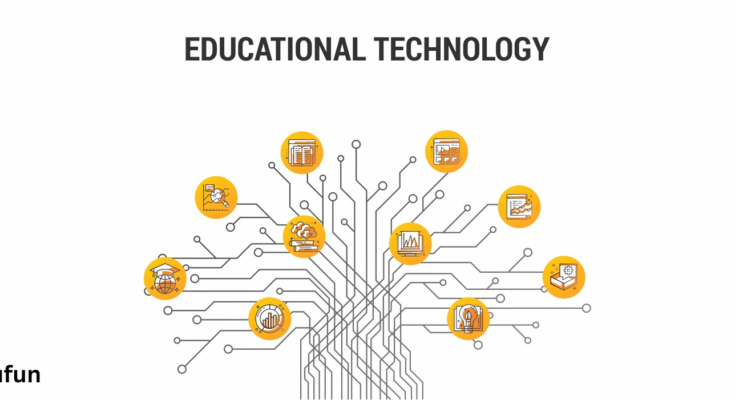What Is Ecommerce Online Work 2025
Ecommerce has transformed the way we shop and sell, evolving into a dynamic landscape that continues to shape our daily lives. As we look toward 2025, it’s clear that online commerce is not just a trend; it’s an integral part of our economy. But what exactly is ecommerce? Understanding its definition and implications opens the door to grasping how businesses operate today and will continue to innovate in the future. Whether you’re a consumer or an entrepreneur, knowing about ecommerce can empower you to navigate this exciting digital marketplace effectively. Let’s dive into what makes ecommerce pivotal for both businesses and consumers as we approach 2025!
Understanding Ecommerce: Definition and Overview
Ecommerce, or electronic commerce, refers to the buying and selling of goods and services over the internet. It encompasses various activities that can take place online, from retail transactions to digital downloads.
At its core, ecommerce enables businesses to reach customers beyond geographical boundaries. This opens up vast opportunities for growth and market expansion.
Different models exist within ecommerce, such as Business-to-Consumer (B2C), Business-to-Business (B2B), Consumer-to-Consumer (C2C), and Consumer-to-Business (C2B). Each model serves unique purposes tailored to specific audiences.
Technological advancements have driven innovation in this space. From secure payment gateways to user-friendly interfaces, ecommerce platforms continually evolve to enhance user experience.
Understanding these fundamentals is essential for anyone looking to thrive in today’s digital marketplace.
The Growing Popularity of Ecommerce in 2025
Ecommerce is set to explode in popularity by 2025. The convenience of shopping from home continues to resonate with consumers everywhere.
As technology advances, online platforms become more user-friendly and secure. Shoppers can browse extensive product ranges without the hassle of traditional stores. This ease encourages impulse buying and repeat purchases.
Mobile commerce is also on the rise. With smartphones becoming ubiquitous, people are tapping into ecommerce like never before. Apps streamline transactions, making it quicker for users to complete their purchases.
Social media integration plays a key role too. Influencers promote products directly through their channels, driving sales while engaging audiences effectively.
Additionally, global reach means small businesses can access markets previously out of reach. Ecommerce allows them to compete alongside established brands effortlessly.
The future looks bright as digital transformation reshapes consumer habits and expectations at an unprecedented pace.
The Benefits of Ecommerce for Businesses and Consumers
Ecommerce offers numerous advantages for both businesses and consumers. For companies, the ability to reach a global audience is transformative. They can sell products 24/7 without the limitations of physical locations.
Lower operational costs are another key benefit. Businesses can save on overhead expenses like rent and utilities by operating online. This allows them to invest more in marketing or product development.
For consumers, ecommerce provides unparalleled convenience. Shoppers can browse thousands of products from the comfort of their homes at any time. Price comparisons become easier, ensuring that buyers get the best deals available.
Additionally, personalized shopping experiences enhance customer satisfaction. Algorithms analyze preferences and suggest relevant products tailored to individual tastes. This level of customization fosters loyalty among consumers who appreciate thoughtful recommendations.
Emerging Trends in Ecommerce for 2025
As we look toward 2025, ecommerce is set to evolve dramatically. One notable trend is the rise of augmented reality (AR). Shoppers will increasingly use AR tools to visualize products in their own spaces before making a purchase.
Personalization will also take center stage. Advanced algorithms and AI-driven insights will tailor shopping experiences to individual preferences, enhancing customer satisfaction.
Sustainability is gaining traction too. Brands that prioritize eco-friendly practices are likely to attract more conscientious consumers who value ethical considerations alongside quality.
The integration of social commerce continues to flourish as platforms like Instagram and TikTok enhance shopping features directly within their apps. This shift allows for seamless transitions from browsing to buying without leaving the platform.
Subscription models are maturing beyond convenience items into premium categories, offering exclusive access or personalized packages that keep customers engaged over time.
Conclusion: The Future of Ecommerce in 2025
The future of ecommerce in 2025 looks bright and full of potential. As technology continues to evolve, businesses will find new ways to engage with customers. The integration of artificial intelligence and data analytics will streamline operations, making shopping experiences more personalized than ever.
Consumers can expect faster deliveries and innovative payment options that cater to their preferences. Mobile commerce is set to soar as smartphones become the primary devices for online transactions. Social media platforms are likely to play an even bigger role in driving sales through influencer partnerships and targeted advertising.
As sustainability becomes a key concern for many shoppers, eco-friendly practices are expected to shape how companies operate within the ecommerce space. Brands focusing on ethical sourcing and reducing carbon footprints will resonate well with conscious consumers.
The landscape of ecommerce is continuously shifting. With each advancement in technology, both businesses and consumers stand to benefit from a more efficient, engaging online marketplace by 2025.
Click here


